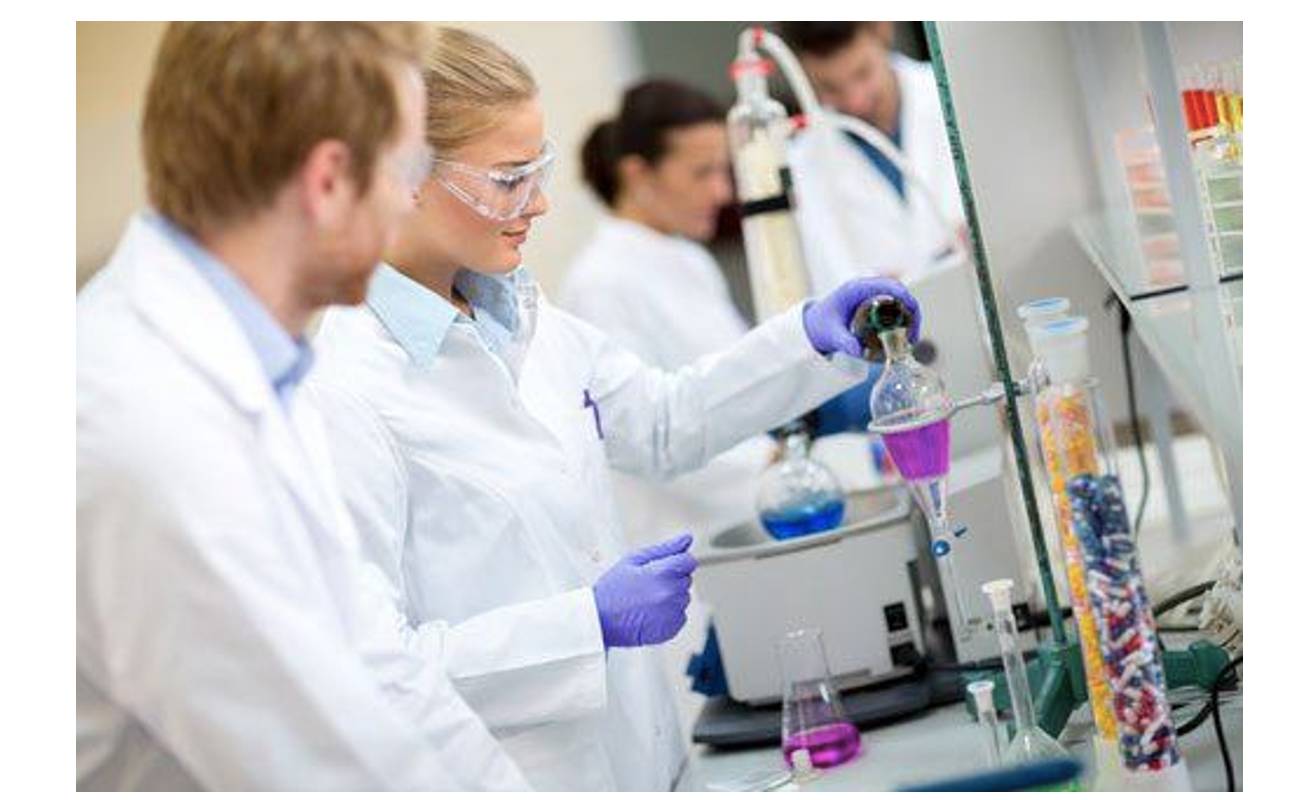Introduction to chemical reverse engineering; methods and use
Chemical reverse engineering is the process of analyzing a chemical compound or product and determining its composition, structure, and manufacturing process. This process can be used to replicate or improve upon an existing product, or to identify and mitigate potential safety or environmental hazards.
There are several methods that can be used for chemical reverse engineering, including:
· Chromatography: Chromatography is a technique used to separate and identify the individual components of a mixture. It can be used to determine the composition of a product and to identify any impurities or contaminants.
· Spectroscopy: Spectroscopy is a technique used to identify and quantify the chemical bonds and elements present in a sample. It can be used to determine the structure of a compound and to identify any functional groups.
· Microscopy: Microscopy is a technique used to examine the microstructure of a sample. It can be used to identify the type of polymer, the particle size of fillers, the crystalline structure and the morphology of a sample.
· Thermal Analysis: Thermal analysis is a technique used to study the thermal properties of a sample. It can be used to identify the thermal transitions of a sample such as melting point, crystallization, and glass transition temperature.
· Rheology: Rheology is a technique used to study the mechanical properties of a sample as a function of time and temperature. It can be used to identify the viscoelastic properties of a sample.
Once the composition, structure, and manufacturing process of a product have been determined, the information can be used to replicate or improve upon the product, or to identify and mitigate potential safety or environmental hazards.
Chemical reverse engineering can be used in various industries such as polymers, pharmaceutical, food and cosmetic. In the polymer industry, it is used to determine the properties and structure of a polymer material, and to replicate or improve upon the material. In the pharmaceutical industry, it is used to identify the active ingredients and the formulation of a drug, and to replicate or improve upon the drug.
It is important to note that chemical reverse engineering may be subject to legal and ethical considerations, such as patent laws and product liability laws. It is important to consult with legal counsel and adhere to relevant regulations and laws when conducting chemical reverse engineering.
You can access the industry recommended training on chemical reverse engineering offered by OnlyTRAININGS to learn more about this interesting technology.

